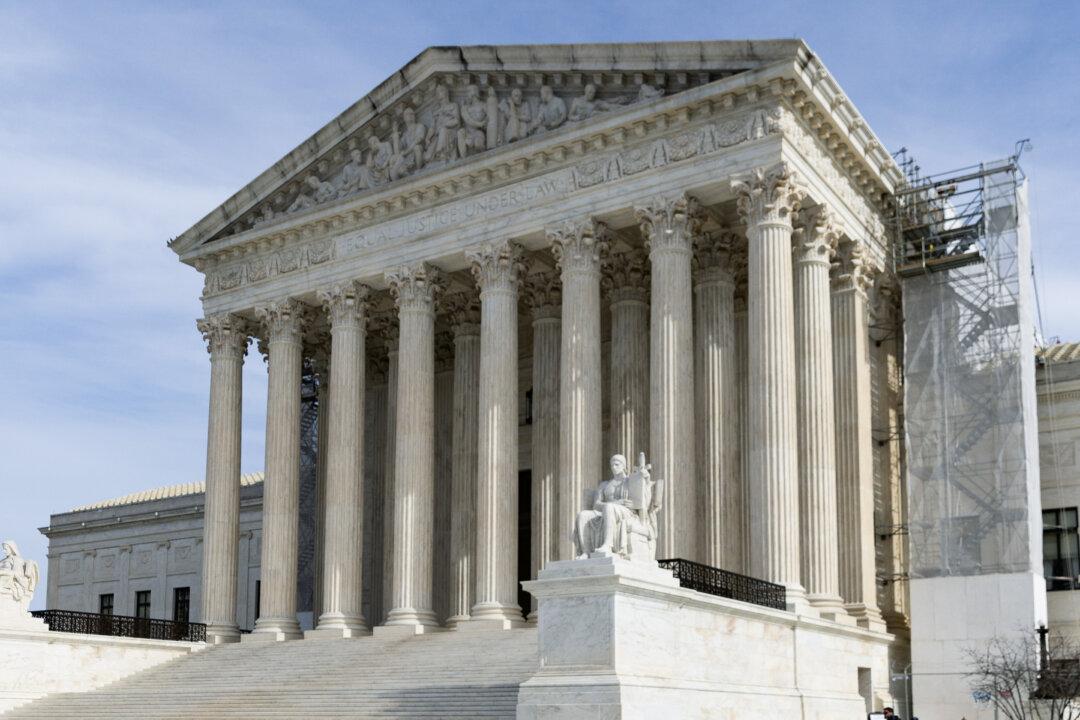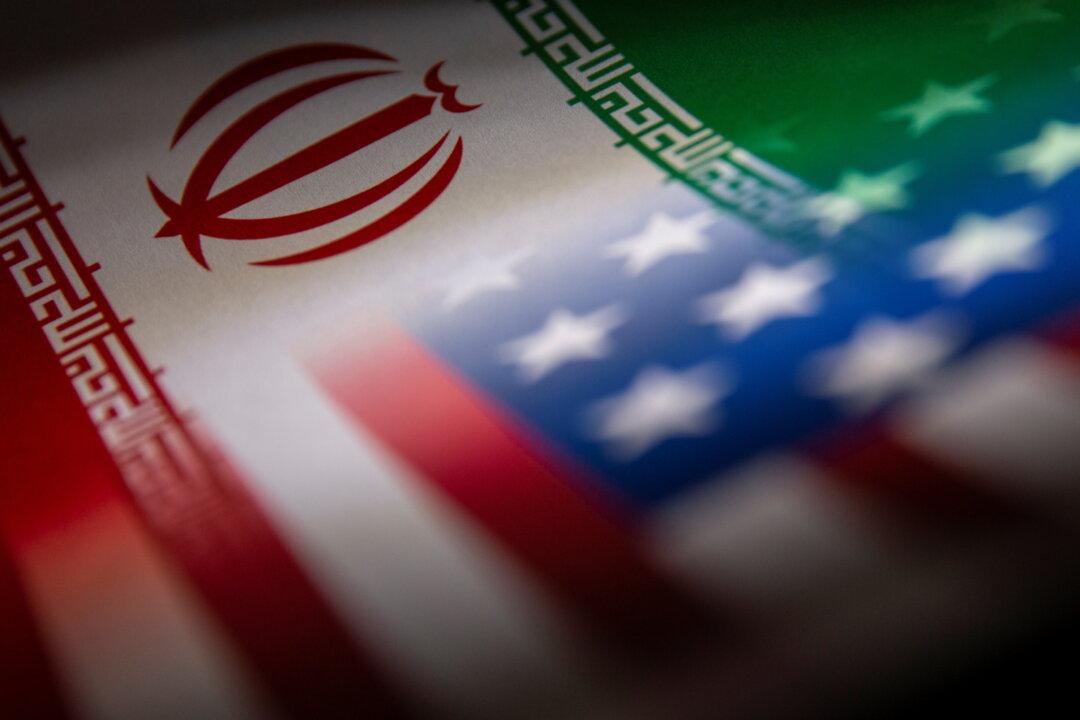Commentary
In answer to the headline question, if its refusal to take up a recent case concerning a school board’s alleged effort to implement affirmative action by proxy is any indication, the answer would be a resounding “yes”—foretelling coming chaos in legal disputes not only over admissions policies in the academy, but those the diversity, equity, and inclusion (DEI) regime is imposing across all societal institutions.





